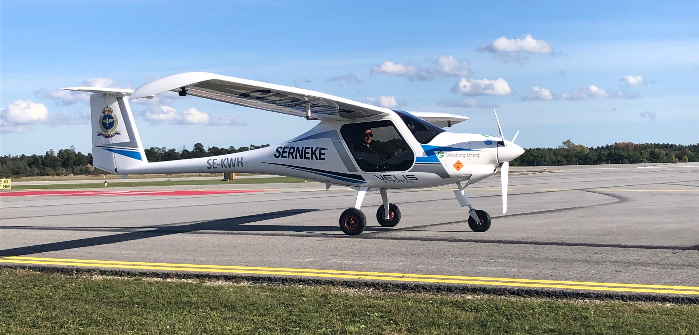Swedish airport operator Swedavia has completed the installation of charging infrastructure for electric aircraft at Visby Airport on the island of Gotland.
The inauguration of the charging stations took place in conjunction with the first electric aircraft landing at the airport.
Gunnar Jonasson, airport director of Visby Airport at Swedavia, said, “The aviation of the future needs to be sustainable, so it is naturally very gratifying that we have reached the milestone of being able to welcome the first electric aircraft to land and charge at Visby Airport. We see the development of electric aviation advancing quickly, and for us at Swedavia it feels positive that we have now come to the point where we note that there are good conditions in place for reaching the goal, together with our partners, of being able to handle commercial electric aircraft for passengers at Visby Airport once there is a market for this in a few years.”
The infrastructure consists of three charging stations for electric aircraft, located at two different sites at Visby Airport. Two charging stations are set up on the airport’s main apron for aircraft while the third is located at the Gotland Flying Club, in the southern part of the airport.
“Electric aircraft will play an important role in the aviation industry’s shift to fossil-free air travel. For that reason, it feels really positive for us that now, in addition to the airport and aircraft manufacturers, there is also an airline, Braathens Regional Aviation (BRA), that sees the potential and wants to start flying commercial electric aircraft between Gotland and Stockholm once this is possible. The next step is to intensify the work to establish both the infrastructural and commercial conditions needed together with other partners in the region, the business community and the aviation industry,” added Jonasson.
Swedavia has provided funding for the electric aircraft charging stations in collaboration with Region Gotland and GEAB. Climate Leap (Klimatklivet), the Swedish Environmental Agency’s program for local and regional investment support to reduce greenhouse gas emissions, provided additional funding for the installation.

